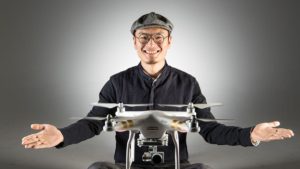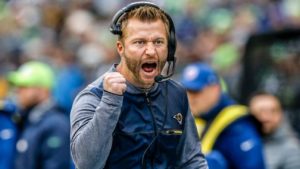Lincoln Riley has been a head coach for 2 years. He has 2 Big 12 Conference Championships, 2 College Football Playoff appearances, 2 Number 1 ranked offenses and 2 Heisman Memorial Trophy winning quarterbacks. Basically, no other coach in the country has even been in the same conversation as Riley in terms of offensive production. However, Riley’s success extends beyond his as a head coach. It really goes back to his innovation as a play-caller. Even before he was hired at the University of Oklahoma as head coach he consistently coordinated one of the most productive and creative offenses. As the NFL has adapted more and more offensively to create systems that focus on quarterbacks individual strengths, Riley has gotten more and more calls from NFL teams looking for inspiration. Coaches around the country at all levels are looking to recreate and replicate the mastery of balancing running the ball and passing the ball that have become the signature of his play-calling. Riley has gained most of his success by aggressively challenging the defense by making the defense have to guess what the next play will be instead of traditionally being able to rely on tendencies and patterns of the offensive play-calling based on situation.
Fresh off of his biggest win in his short career, a 39-27 victory over arch rival Texas to secure the Big XII conference title and avenge his team’s only regular season loss, Riley is on the verge of his toughest test yet. In this season’s College Football Playoff No. 4 Oklahoma is slated to face No. 1 Alabama in the Orange Bowl. Alabama once again appears as if they are an unstoppable force in college football and Riley’s squad is looked at as severe underdogs, but if any opposing play-caller can put together a successful scheme to dethrone college football’s kings, it would be Riley.




